Hello guys, today we’re going to talk about report writing. Most of the students consider report writing as a difficult thing. No, report writing is very easy if you know the correct process of report writing. So, today I am going to teach you how to write a report easily step by step. Read to the end and you will definitely learn how to write a report easily.
Step 1: Understand the question
In report writing, understanding the question is very important. Because if you do not understand the question properly, your report will provide unnecessary stuff. Also you will lose marks if you’re a student. Don’t get panic, this is very easy.
If you’re an undergraduate or a student in a particular institute, you will be provided with an assignment or report guideline. This is where the question is normally mentioned. So read the question properly and note down main keywords in the question. For an example, if the question mainly asking about the Economy level of your country, your main focus in the report should be the Economy level of your country. Other than that, if the question asking about the evolution of the economy level of your country, make sure that you will note down that too. Read at least 3 times. As you read many times, you will automatically generate a plan in your mind about how to start your report.
Well, now you have a clear idea about the question that asked you to write a report about.
Step 2: Collect information
So now you already have a clear picture about the scope that you have to write in your report. Now the next step is to collect appropriate information from scholarly sources. In the step 1, we have noted down the keywords that has to include in our report.
There are many ways to find useful scholarly sources. If you’re an undergraduate, most of the universities are provided their students with an electronic library which can be logged in by using their university accounts. In universities, there are various types of systems that students can use to engage in their studies. For example, Learning management systems (LMS), Digital learning environment (DLE), etc. So you can use these tools to collect question related information to write your report.
But, if you’re not familiar with your university digital learning system, it is fine. We got you covered. You can collect scholarly sources and information from Google Scholar. This is the easiest way of collecting information for report writing. Google scholar will filter the reliable sources for you.
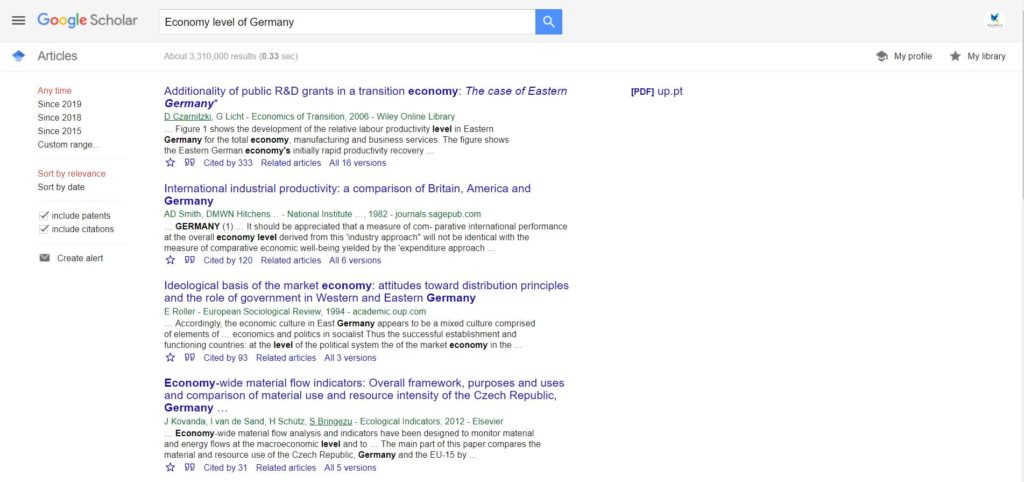
This is the perfect way of collecting information for your report. Make sure that, you only collect information from reliable sources. Don’t collect information from blogs, Wikipedia, etc. Because your report should only provide information from reliable sources such as scholarly articles, books, newspaper articles, reliable websites, peer-review article, and journal articles. Reliable websites mean that you can gather information and details from official websites. For an example, if you want to provide an example from the automobile industry in your report, you can collect information from the Toyota’s official website. But never collect information to your report from non-reliable blogs or websites.
Step 3: Prepare the structure of the report
Well done! now you have information to write your report. Now you must decide the structure of your report. You should decide it wisely. Because the structure is the main factor that represents the visual quality of your report. When it comes to report writing, there are many structures that you can consider about. But all those structures are differ from each other by slight differences. Let me walk you through with the basic and most common structure of report writing.
Structure of the report writing;
- Cover page
- Acknowledgment
- Abstract or Executive summary
- Table of contents
- Main Body (Introduction/ literature review, analysis, etc.)
- Recommendations & Conclusion
- Reference list or bibliography
- Appendices (If any)
So now you know how to decide the structure of your report. If you want to learn more about the key terms of the report structure, read our next blog post which is about Key terms of a report.
Step 4: Report writing
So now you have finished the initial work of your report. The writing part of the report is the vital part of the process of report writing. Because, it decides the overall quality of your report. As I mentioned earlier, make sure that you only collect information from reliable sources.
Guidelines for report writing;
- Decide the headings and subheadings in your report. When deciding the headings and subheading, use your notes which you wrote in the step 1. For an example, in the question guideline, as the 1st question you may be asked to write a brief description about Logistics outsourcing and drivers of logistics outsourcing. So your heading should be ‘Introduction to Logistics Outsourcing’ and ‘ Drivers of Logistics Outsourcing’. Also use those headings and subheading in the table of contents page of your report.
- Start writing your report using paraphrasing techniques. When you’re writing your report, the report content should be plagiarism-free content. If your report contents are plagiarized, you’ll lose marks and it is also illegal to copy other’s ideas and write as your own ideas. Don’t worry about it. Read the article and write it in your own words. That is what paraphrasing means. Writing others’s ideas but in your own words. But still you have to reference the author of that particular article. Use in-text citations to reference the author. For example, ‘Paragraph or sentence (author., year)’
- Use third-person style in report writing. Avoid using sentences such as ‘when we consider….’.
- Make sure your report is reader friendly. Don’t use lengthy paragraphs in your report when it is not necessary. Use more figures and tables to illustrate your arguments and answers.
- Follow the university or lecturer’s guidelines. Always make sure that you’re following the rules and guideline of the university or any other institute. For example, the font type, line spacing, paragraphs are justified or not, structure of the report, etc.
- Adhere to the word limit. If you are provided with a word limit to the report, make sure that you adhere to that particular word limit. But most of the universities are allowing their students to change their word limit by +/- 10% from the given word limit. So if the given word limit is 2500, your report should be between 2250 – 2750 words.
- Include in-text citations. Since you’re using information from other sources, you should reference the author or the owner of those information or facts. For example, ‘Paragraph or sentence (author., year)’. You can learn more about referencing from Cite this for me website.
- Use correct numbering format for headings and subheadings. For example;
1.0. Introduction to Logistics Outsourcing
1.1. Drivers of Logistics Outsourcing
1.1.1. Strategic Drivers
9. Mention if there is any appendices in the last page of your report.
Step 5: Referencing
In a separate page after the main body of your report, you should include the reference list of the sources that you have been used to write your report (Journal articles, books, newspaper articles, websites, peer-review articles, publications, etc.). You can use any referencing style (APA, Harvard referencing, etc) according to your requirement or follow the university guidelines. The most common referencing style is Harvard referencing style. There is a feature in Microsoft Word that you can automatically generate the reference list . So you don’t have to manually type all those lengthy sentences. The Microsoft Word will do that for you. To find more about that, read this article.
See the following example of a reference list. Your reference list should be in an alphabetical order.

Step 6: Proofreading
Well done! Now you have successfully completed your report. But are you sure that you’re ready to submit your report? No, not yet. Read your report as many times as you can. Find errors and correct. Sometimes, some of the errors will not be identified by your mind. So ask a good resourceful person to read your report. This is a good method to find hidden errors of your report. After you finish proofreading, congratulations! now you have a successful report with you. Go ahead and submit your report. Make sure that you are aware about the deadlines.

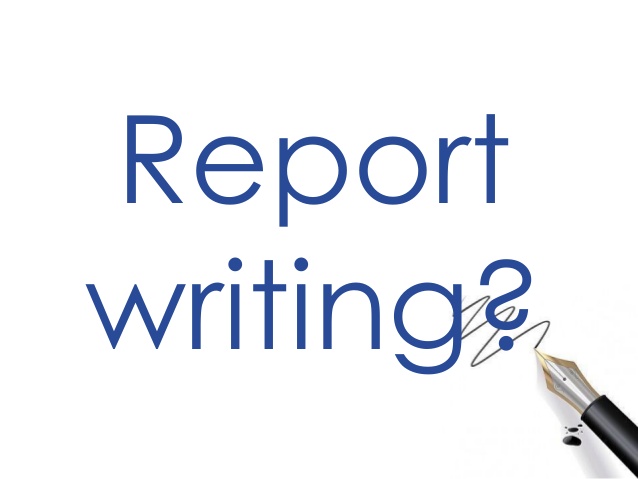
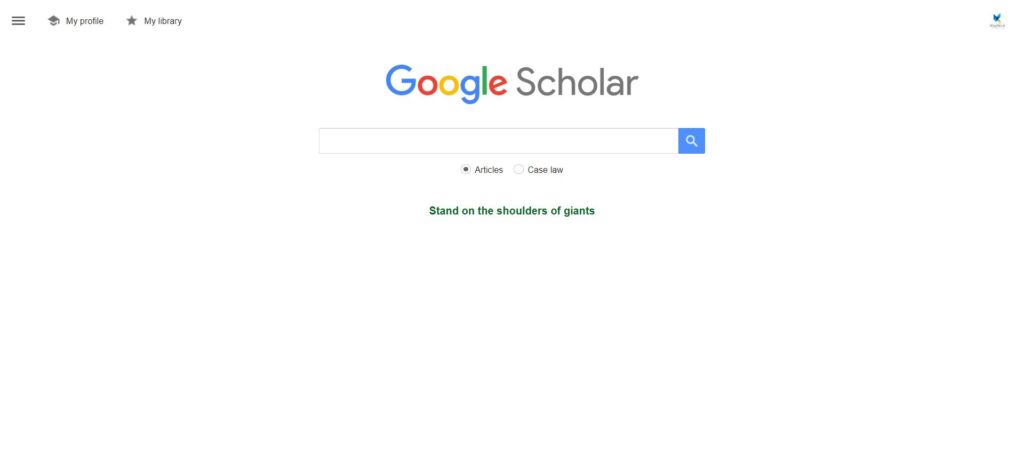
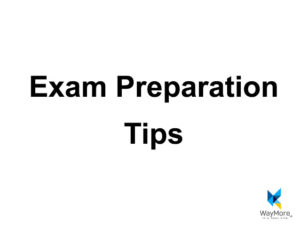
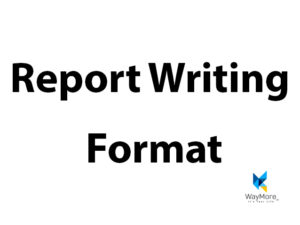

Sonu, Great work! You have done excellent writing of simplifying and breaking up the content. Readers are able to get a clear view of writing a report and easily can follow up to end.
“Don’t collect information from blogs, Wikipedia, etc” This is a very nice hint. In a point of fact, people use to get information easily from those without checking even if it is not accurate data.
Also, the structure of report writing is very prominent steps. I would like to have an article from you more detailed about the structure of report writing and also little more about third-person style in report writing.
Using Microsoft word for referencing is a really cool fact. I tried it. It is extremely easy. As I am a Master student I used the IEEE standard for report writing.
This article helps me to write my report in an appropriate way.
Thank you so much for this insightful introduction. Waiting for more blogs from you.
Thank you for your positive feedback. I will publish posts regarding the structure of the report as well as third-party style. Do visit us in future!
Wow.. This is actually a real worthy post.. I always had to struggle when it comes to report writing.. This post helped me to have a proper idea. It’s very underatanding the way that you have cleared things step by step.. Cauz i had a rally hard time to think what to do first.. Thank you very much for the useful tips..
Thank you very much for your positive reply!
Cialis 20mg For Sale Cialis Vente Libre Canada [url=http://crdrugs.com]cialis 20mg for sale[/url] Cialis Viagra From Canada Amoxicillin Drug Effect
Acquistare Viagra In Farmacia [url=http://cthosts.net]cialis 5 mg[/url] Viagra Maux De Tete Zithromax 150 Mg
Pingback: Exam Preparation Tips | 7 Steps of How to Prepare for an exam
Pingback: Note Taking | 5 Tips & Methods for Effective Note Taking | WayMorelk
Pingback: Writing Tips | 7 Tips to Improve Your Writing Skills | WayMorelk
Pingback: Exam Writing | 7 Tips for How to Write an Exam | WayMorelk
Thank you, I understand your explanations here, keep up the good work
Thank you..this post provides a clear roadmap for navigating through the complexities of report writing. Each stage is explained succinctly, making the process seem much more manageable. Extremely helpful!